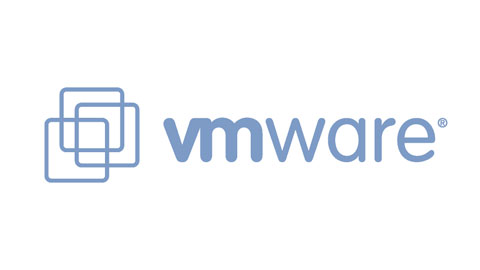Virtualization for SMB, an Oxymoron?
 Tuesday, June 7, 2011 at 04:51PM
Tuesday, June 7, 2011 at 04:51PM  Like many small businesses, Ambleside has a variety of applications spread over a set of desktop computers. I don't think our case is that atypical.
Like many small businesses, Ambleside has a variety of applications spread over a set of desktop computers. I don't think our case is that atypical.
We have 6 desktop workstations of various vintages, a small windows home appliance doing backup, 2 laptops, and a bunch of iPhones and iPads. We run accounting (quickbooks), materials management (fishbowl), source control (SVN), CAD repository (D-Tools) and requirements management (JIRA + Greenhopper) in production. Like some, but probably not that many, we started moving towards Linux 18 months ago
Oh, and our electrical bill for the computers alone has been running $150/month. When a key workstation died, I knew I had some rebuilding so I went ahead and started consolidating. I started with ESXi (it's free) but got frustrated by storage initialization. I tried out MSFT Hyper-V but it's practically impossible to run on a single machine. I went back to ESXi, figured out the formatting issues and started migration.
Each machine had VMwares P2V tool run on it. Process took close to 20 hours per machine. I didn't attempt to de-dup storage or clean-up the machines - storage is cheaper than my time. I moved all 6 desktops and the windows home server over. I also moved several VM's that were already "inside" desktop machines to stand-alone VM's (except for a PITA XP mode in Windows 7 ultimate one that refuses to license...) It took about 7 hours total to set-up ESXi and move over the VM's.
I installed Ubuntu 11 on all the client machines. I have replaced some of the desktops with new Atom 510 based very low power machines. There is an RDP5 client in Ubuntu - not good enough for games but fine for productivity and even CAD. That took another 3 hours.
User training was fairly simple but is probably the most confusing. Had I cleaned up their machines and they looked different, maybe it would be better but I haven't yet locked folks out of the Ubuntu desktop so their is some confusion.
The rewards?
- Anyone can work at any desk and get "their" machine.
- Some applications were particulary bound to a machine (32 bit vs. 64 bit, 2003 vs. 2007 vs. 2010 MS-Office, etc.) - now its easy for anyone to access those apps wherever they sit.
- Power savings is at least $100/month.
- Much more robust backup. Before we relied on Windows Home Connector which was unreliable and the Ubuntu desktops weren't backed up at all. Now with snapshots and backups of the snapshots, everything is backed up more simply.
Here is what it took for the project to happen:
ESXi, VM Converter, VM Client - all free from VMware
14TB of Disk - $420 from fry's
New enclosure for old computer to hold all those disks - $60
New workstations - $800 for 4
Power reduction - over 12kw/day down from before.
 Aaron Rosenbaum | Comments Off |
Aaron Rosenbaum | Comments Off | 
